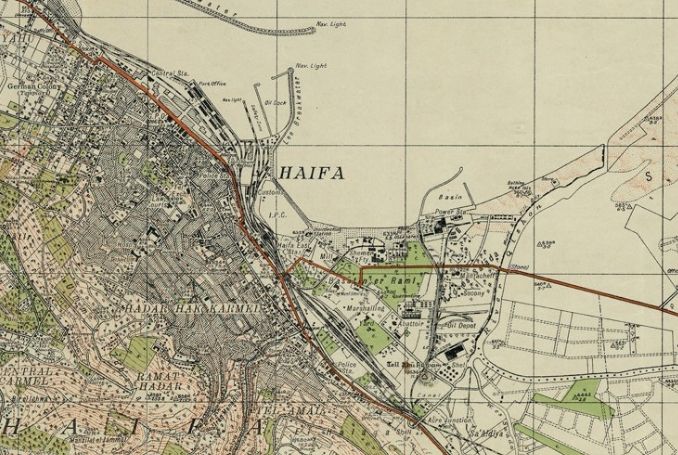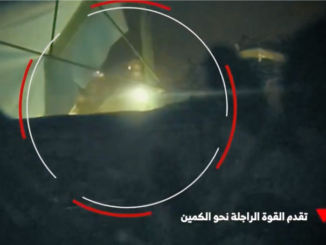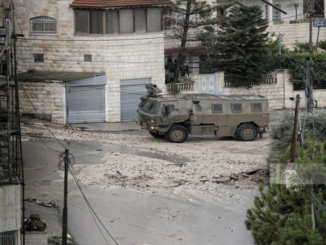
A ground-breaking Palestinian Oral History Map has been launched online, allowing users “to explore the testimonies based on the historic landmarks that they describe—from schools, hospitals, and factories to rivers, valleys and mountains”.
The project is part of the Palestinian Oral History Archive (POHA) at the American University of Beirut and has been six months in the works. POHA holds an archive of over 1,000 hours of interviews with Palestinians who lived through the Nakba.
Visualizing Palestine’s @bothness is presenting a new interactive #OralHistory map today at the launch conference for the Palestinian Oral History Archive (#POHA) at @AUB_Lebanon. Visit the project here: https://t.co/qri9xW2ynN pic.twitter.com/WrJtLNbxjP
— VisualizingPalestine (@visualizingpal) June 12, 2019
According to a press release,
“The project is a means to navigate the POHA oral history platform, which contains over one thousand hours of oral testimonies from Palestinians who lived through the Nakba, describing everyday life and culture in Palestine before 1948, as well as their experiences of displacement and exile.”
The interactive map allows users to listen to testimonies “in the context of detailed historic maps from the 1940s that Visualising Palestine helped to make available through Palestine Open Maps”.
Check out the Palestinian Oral History Map, a new project developed with support from Visualizing Palestine, allowing viewers to explore 1000+ hours of oral testimonies from Palestinians who lived through the 1948 Nakba, the ethnic cleansing of Palestine. https://t.co/q83hZRQ448 pic.twitter.com/cNnooh7JcB
— The IMEU (@theIMEU) June 12, 2019
Palestine Open Maps is a project initiated by Visualizing Palestine and also supported by the Bassel Khartabil Free Culture Fellowship, with the map layer compiled from over 200 map sheets at various scales produced by the British Mandate Survey of Palestine, mostly during the 1940s.
To make full use of this platform and the POHA interviews currently requires a knowledge of both English and Arabic, since the interviews themselves are only available in Arabic while the landmark names are only in English or transliterated Arabic.
A very useful tool: The Palestinian Oral History #Map. It uses historic maps of #Palestine to navigate geographically through the Palestinian #OralHistory Archive (POHA), a platform that contains testimonies from Palestinians who lived through the #Nakba https://t.co/D51IbnDK0s pic.twitter.com/qr0puzuzjt
— Diego Checa Hidalgo (@diegodlamancha) June 13, 2019
According to the press release, new ways of making the maps more usable and shareable will be unveiled in the coming months.
(Middle East Monitor, PC, Social Media)








